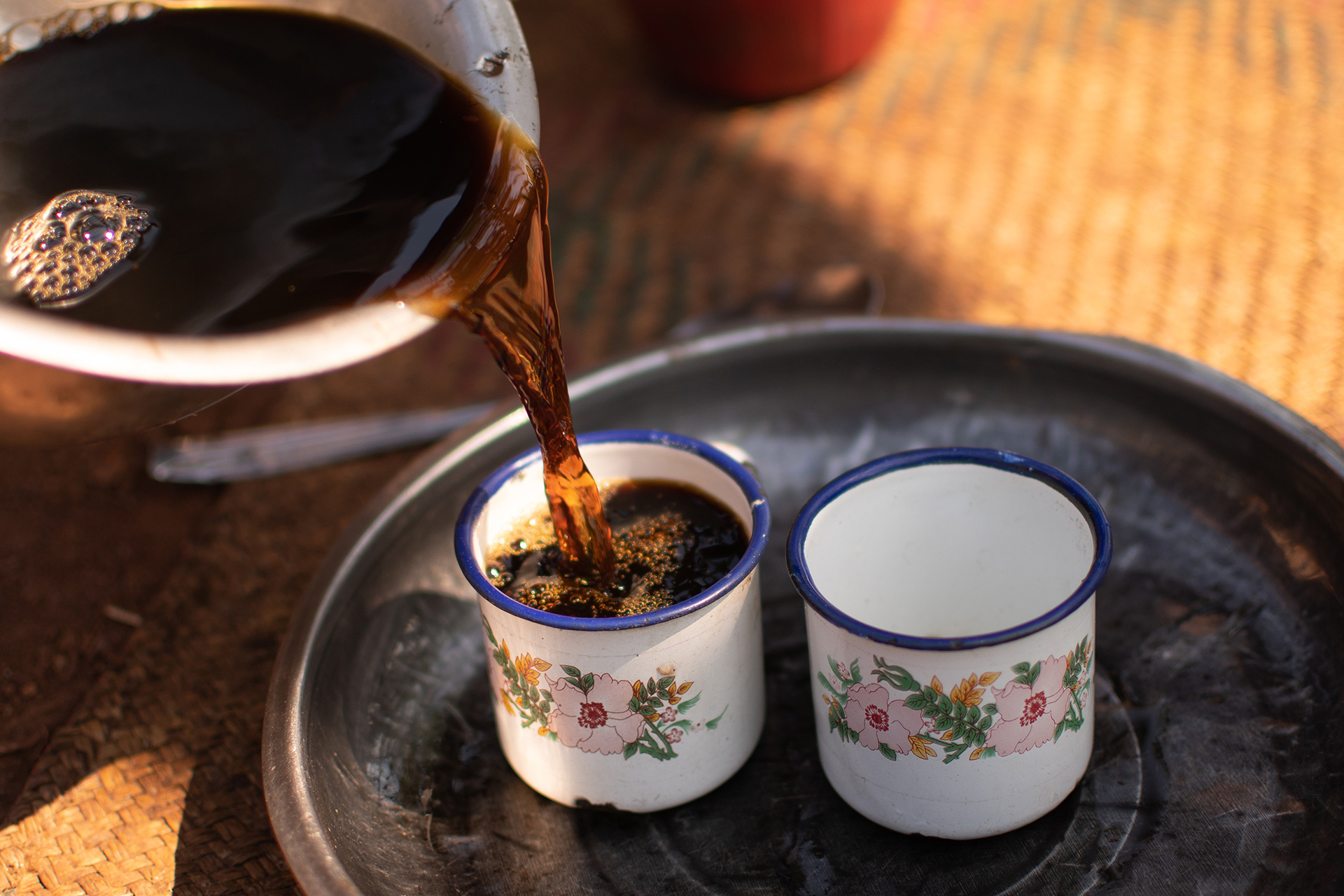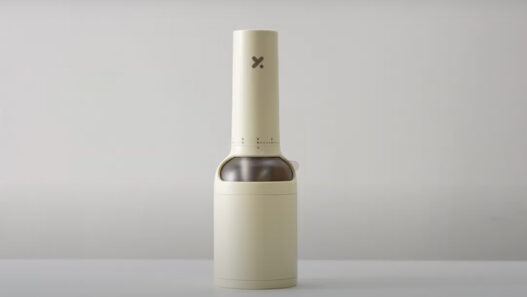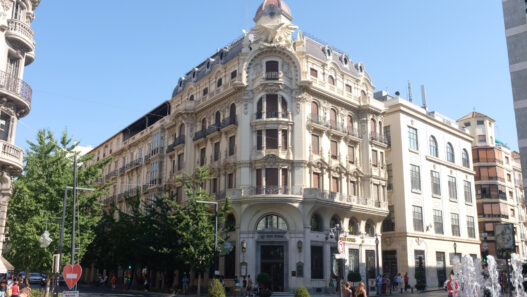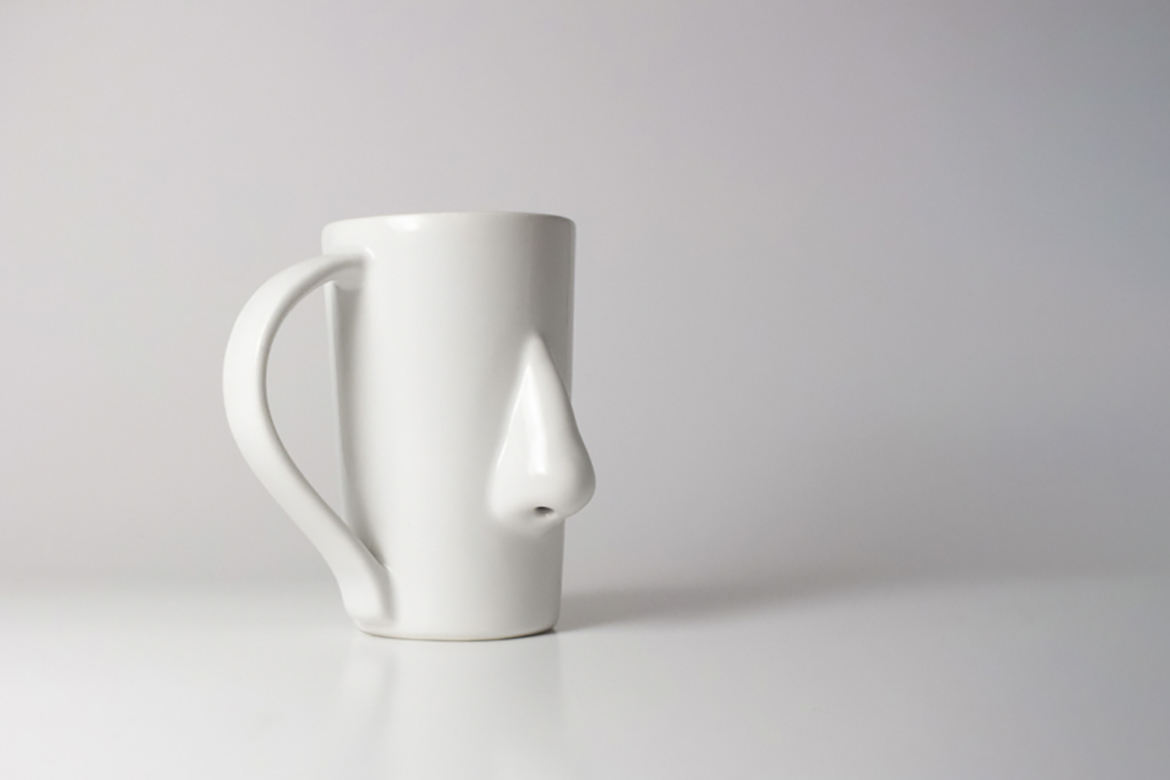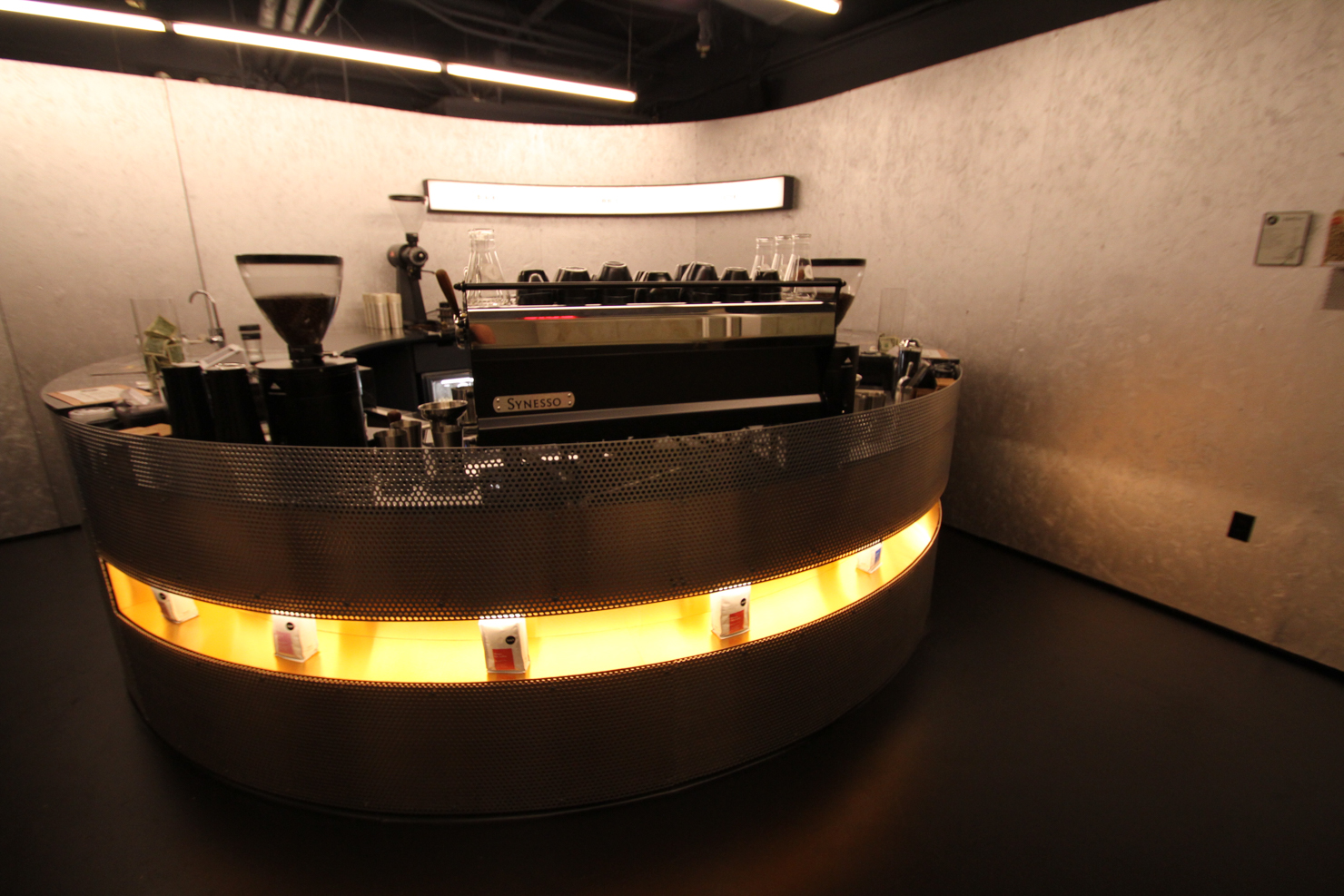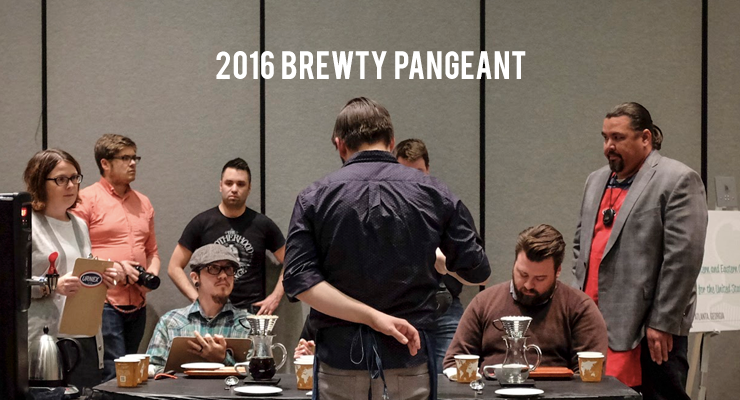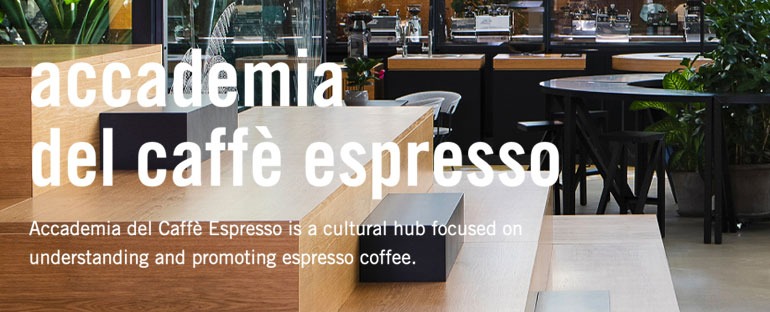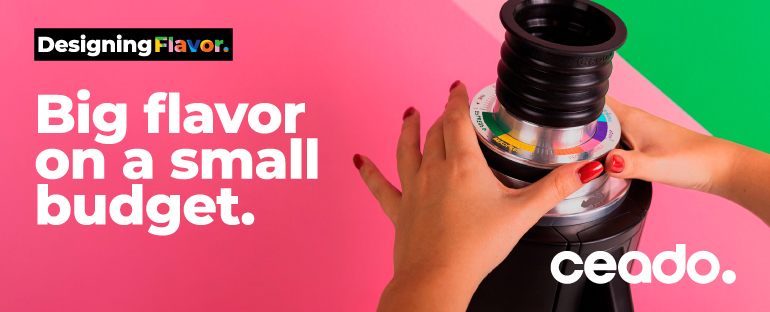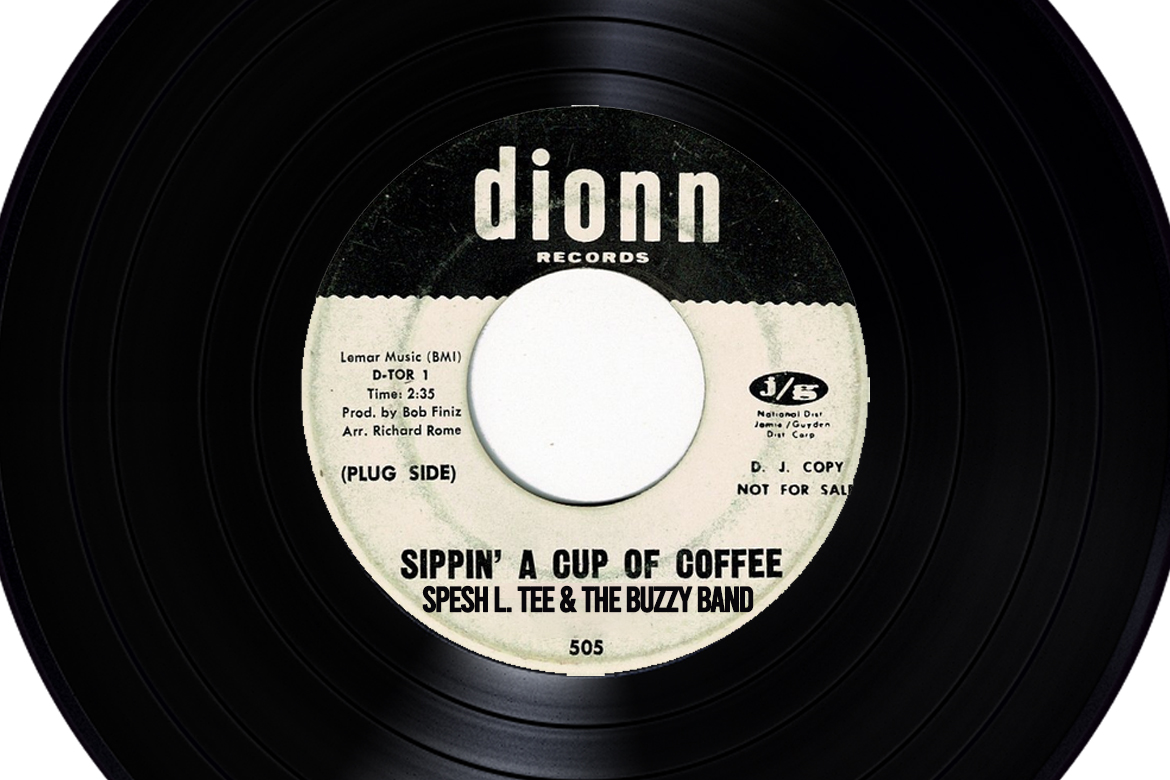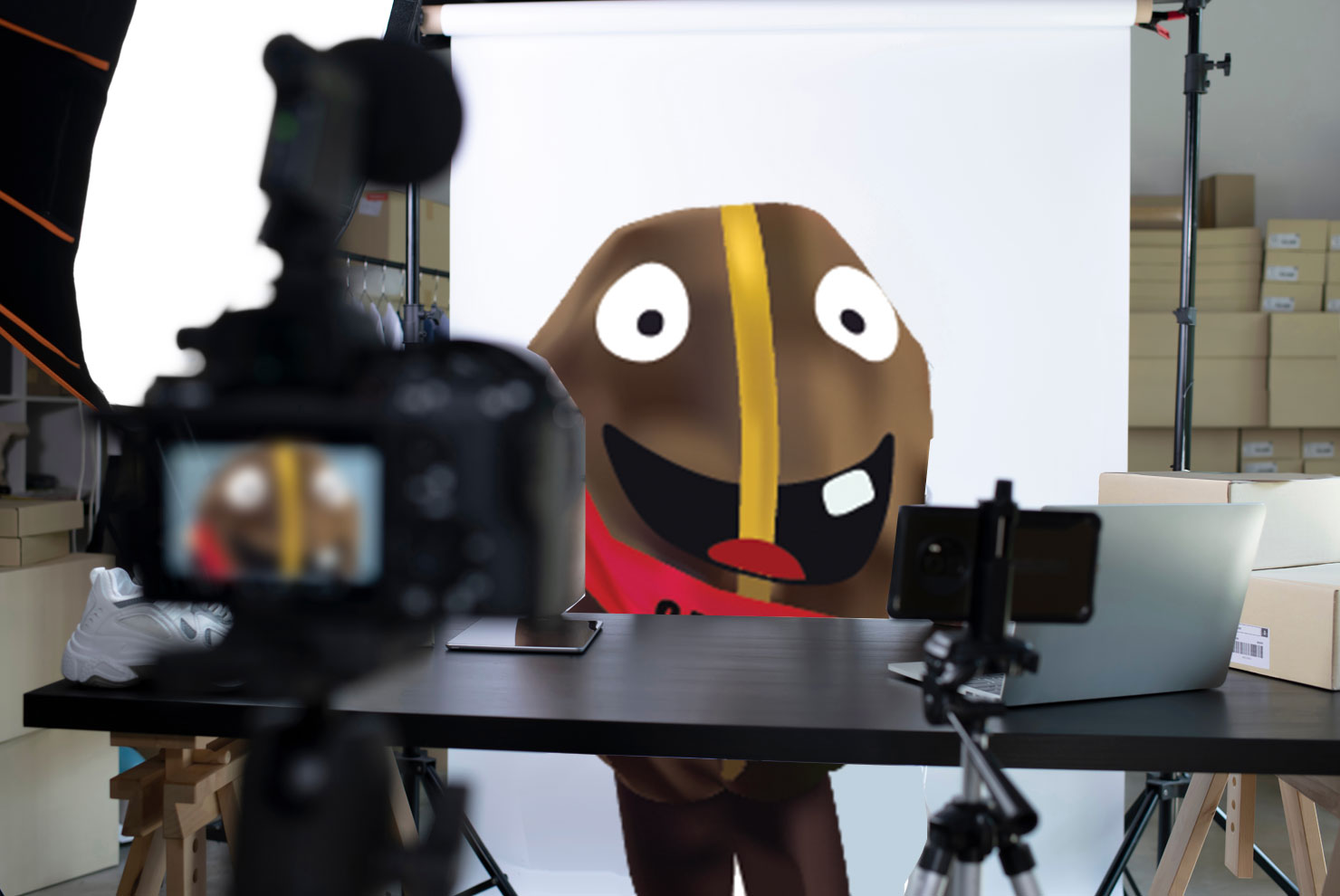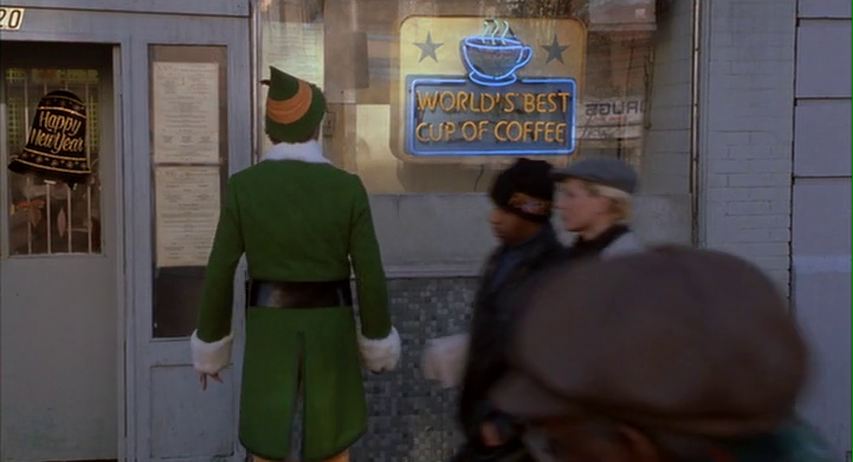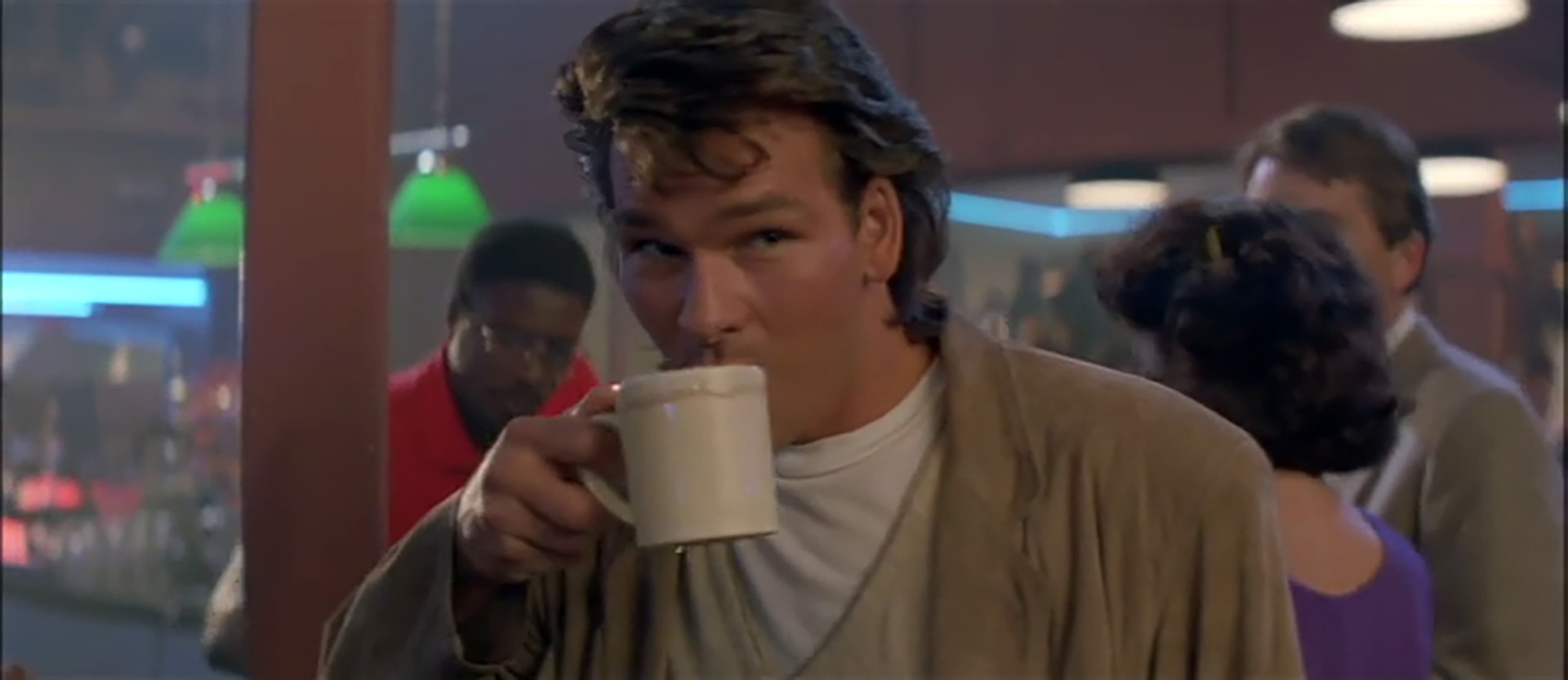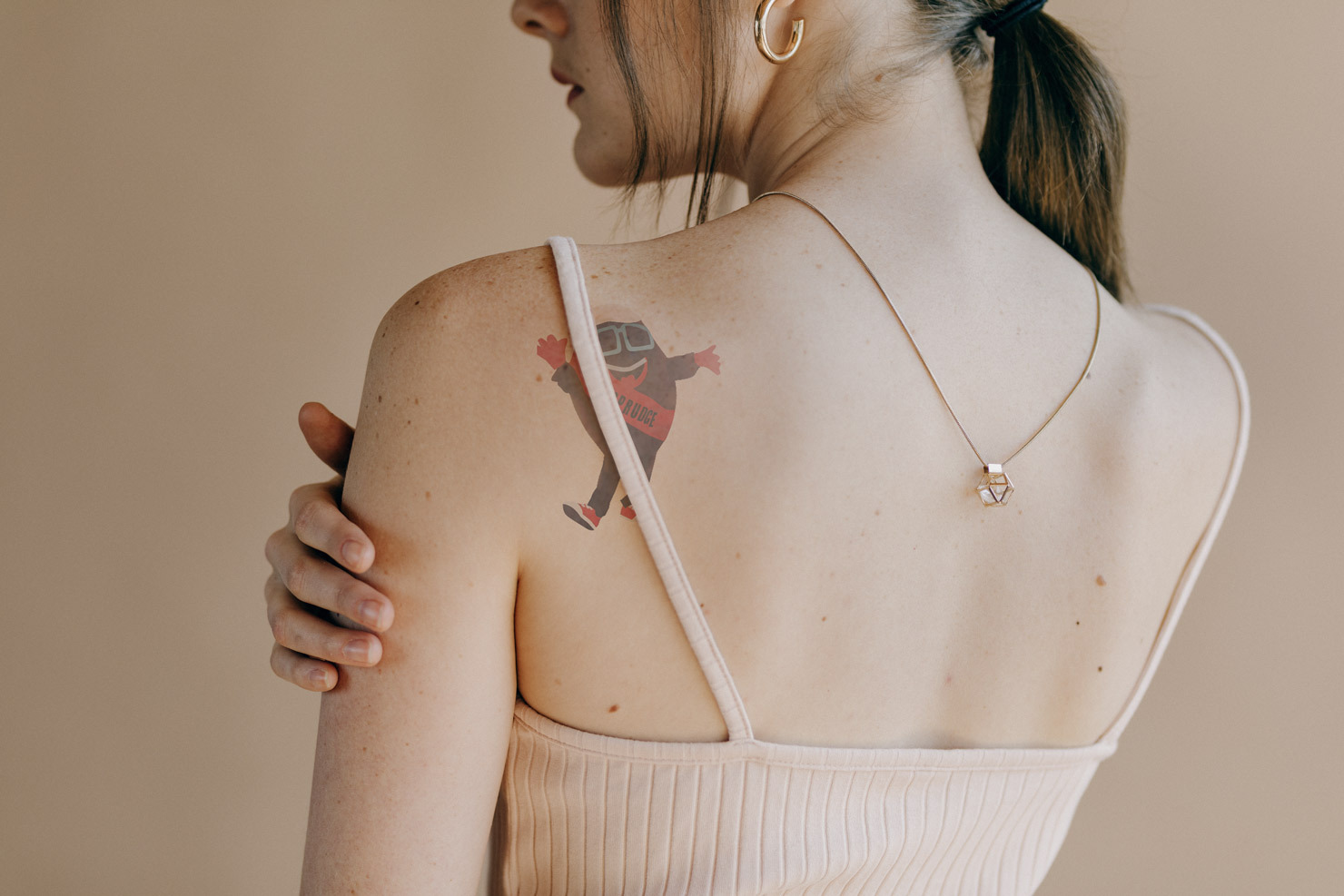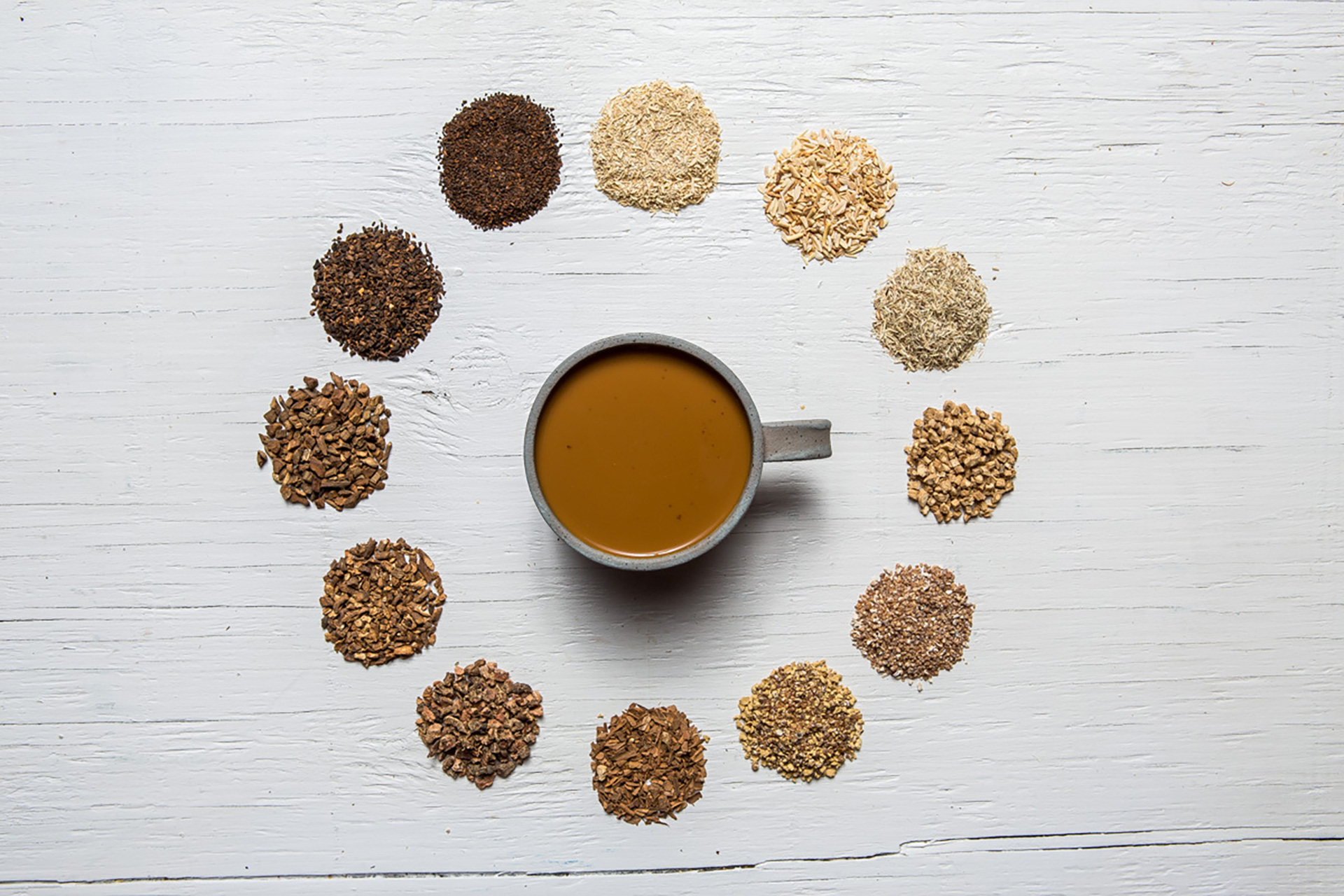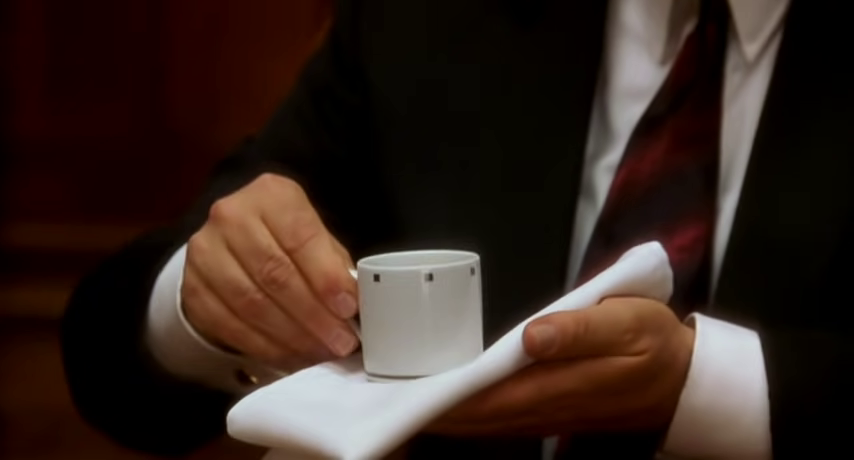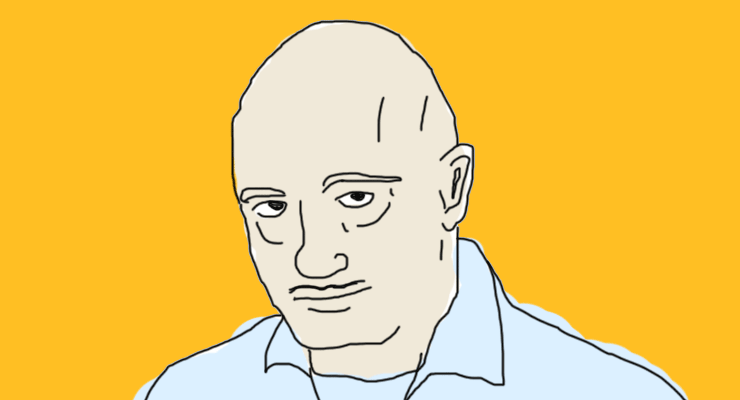
Kees van der Westen is a Dutch brand known for high-end, high-precision espresso machines that are as elegant in their retro-sleek design as they are edgy. In the US, the allure of the cult-status machines—with suitably mystical-sounding names, such as Mirage and Spirit—boomerangs back to their maker, a faraway industrial-design genius with a reported penchant for driving a 1962 Cadillac and a preference not to be photographed. But to the Dutch he is just “Kees from Brabant,” a friendly businessman from the Netherlands province of North Brabant who will likely visit a coffee bar if it bears one of his handcrafted creations or will just as well receive a local wanting a look-see at his headquarters.
Earlier this year, feeling rather like an Oz-bound Dorothy, I traveled from Amsterdam to Eindhoven to meet Van der Westen. Except for the Cadillac, which had broken down and was apologetically substituted with a Jeep, all of the aforementioned preconceptions became manifest. And in a Wizard-like revelation, so did the paradox of Van der Westen; he is a contemplative speed freak, an off-the-wall pragmatist, and a down-to-earth visionary—all at once. Plus, he is really easy to talk to.
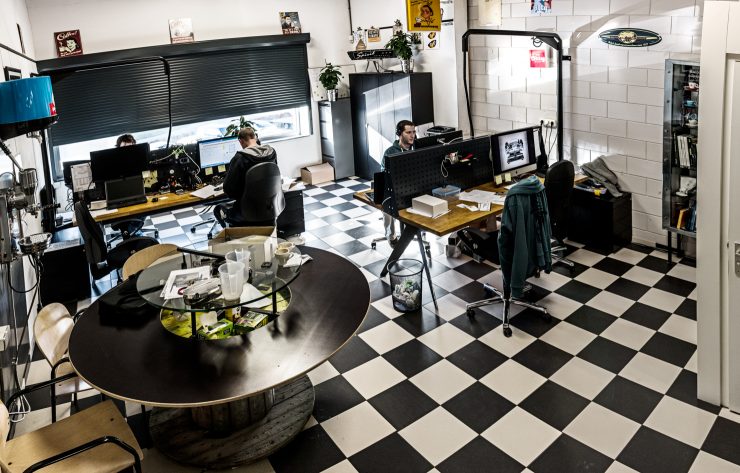
Officially known as Kees van der Westen Espressonistic Works, his workshop and warehouse are contained in side-by-side industrial units in the small town of Waalre, a 10-minute drive from Eindhoven’s rail station. Vintage Faema pieces and framed archival photos add character to the place. The staff, 25 in total, whistle while they work. But the interior is otherwise nondescript. There is no doubt that the machines are what matter most here, that all creativity and concentration are devoted to perfecting the process of making espresso. Van der Westen said this much in reply to 20 questions inquiring about his career history, the coffee he drinks nowadays, and a completely new machine currently in his head but which he soon expects to be at his, and, eventually, the world’s fingertips.
Were you interested in coffee before you began making espresso machines?
No, not really. I drank coffee, but that was mainly to stay awake when working late on projects at school. Just for the caffeine.
How did building espresso machines become your thing?
As a young pig-headed student at the Stedelijk Hoger Instituut voor Industriële Vormgeving [an institute for industrial design in Belgium], I decided to show the Italians the proper way [laughs]. So I started and, well, the first machine gave me a lot of trouble. It exploded a couple of times. But the second one, I really got the hang of. During that year, as I became genuinely interested, I bought a really old one-group machine, restored it, and made my own machine out of it. With that I was actually able to prepare coffee at the school’s end-of-year exhibition where you show your work. I could sell it on the spot—wow.
The buyer was a discotheque in Leuven (I don’t remember the name). For them it was more just a piece to talk about, because discotheques usually operate at night, so more cocktails than coffee there. It sold for 3,500 guilders, about 1,700 euros. You know, being a student you’re always short on cash. All of a sudden I made some money doing what I liked, so that made me think.
After graduating I bought another old machine. I did the same trick but, well, these were the ’80s—I finished school in 1985. During those days, espresso culture in Holland was really nonexistent. There were espresso machines, but everybody was pulling long shots, “lungos,” nothing else. I kept on trying, and I did all kinds of other jobs in between. I did interior designs of hair salons, I drove a truck, did furniture pieces, etc. But every once and in a while, I would return to the espresso machine. I finally got a commission, and then another. These were all one-off machines. I would do the design, come to an agreement about the price, and start to build it, install it, do the servicing. That soon proved to be a very tedious way to work.
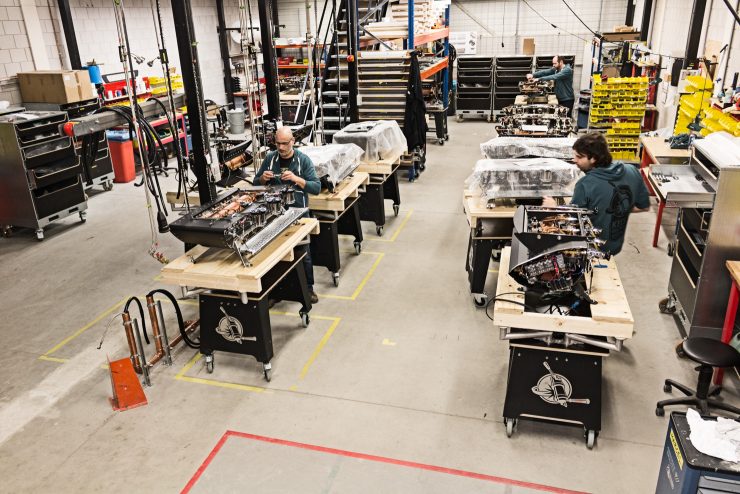
Where did you do the work back then?
My girlfriend and I had an apartment in Eindhoven. I used a room to spray-paint there—that room looked awful, we had great trouble with the landlord when we left. But the rough work (the welding and the grinding) was done in a small shed behind my parents’ house. I would come there in the morning, drag out all the bikes, do my work, put back all the bikes in the evening. Soon we found a house with a garage. It looked like a palace at first, but it quickly became crowded. Then we went to a larger workshop and, in 2007, we moved to our current workshop. About a year and a half ago, we added the second unit, and that’s already becoming a bit tight.
How did you begin making espresso machines in series?
In the early ’90s, I came into contact with Kent Bakke. He’s the main American owner of La Marzocco, and of course one of the pioneers of the specialty coffee movement. He bought a machine from me, one of those one-off machines, and paid with two Lineas [the La Marzocco model today known as a Classic], and said: “Well, why not be a distributor in the Netherlands for La Marzocco?” That was a good idea. It came at exactly the right moment, because doing those one-offs, like I said, it’s very tedious. You’re working about two months to finish a machine, and all that time you’re already having to think about the next commission.
Every time I finished a one-off machine, I thought: “If I would build this one again, it would be much better, because this is not entirely perfect, that could be better, etc.” They were prototypes really, and it was difficult to build just one and start a completely different model and design every time. It can be done and it’s fun; it’s also time-consuming and not very cost-effective. So working officially with La Marzocco components, I was finally able to buy boilers and all the [things] I needed to build my own machines in a small series. Before that, I did try to find boilers in Italy, but everybody refused when I asked for 10 or more. They realized, “He might be doing a complete espresso machine instead of just servicing machines.” You could buy all kinds of parts to service and maintain machines, but not to build complete machines. A boiler is not a piece that you usually need to maintain machines. [But] the ability to order whatever component I needed made it possible to build my own production machine, and I created the Mistral. These photos [points to office wall] taken in 1999 for a fair in Barcelona depict our Mistral. The very last Mistral we did was a five-group for Duane [Sorenson, founder of Stumptown Coffee]. That was the grand finale of the first series in 2004.
In about 2002 or 2003, when I started to design a new Mistral, I explained my project to La Marzocco, and they were very interested. They immediately proposed to build that new Mistral. That was a good solution for the problems we had because, back then, we were in a tiny workshop having to build two very different machines—we started the Mirage with the E61 system in 2001—with three people bumping into each other all day. They paid for the design and the prototypes we did, and I got some money for every machine they sold, so it was perfect. In 2004, the distributorship went to somebody else because that was no longer my interest—I really like to build and create new machines. We stopped using La Marzocco components and never did anything together again, but are still very good friends. I like them and they seem to like us—if we don’t become too important anyway [laughs].
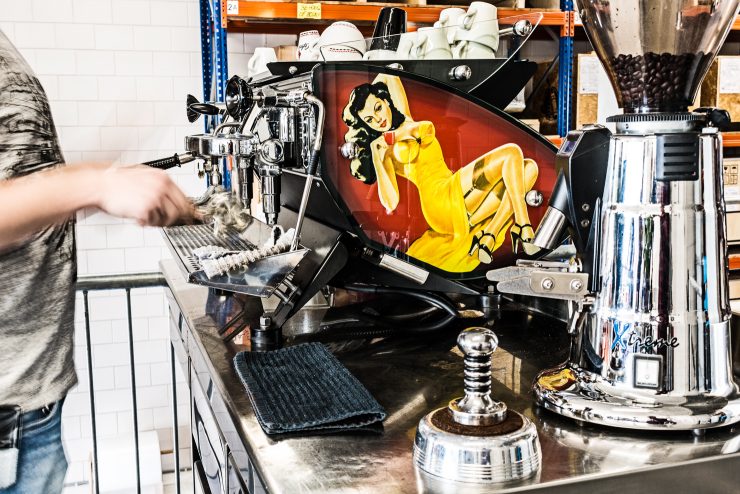
How many machines are you producing these days?
There are 52 weeks in a year, but everyone is entitled to six weeks of holiday in the Netherlands, and then some extra days like Christmas and Queen’s Day. So we count 45 production weeks in a year. We’re now approaching 20 machines a week, so that would be 900 a year.
Do you take special orders for machines outside the Mirage, Speedster, and Spirit series?
Not a complete bare machine for just one client, like I did with the one-offs. But we are quite interested in doing customizing. We already have a list with several standard options—for example, all kinds of finishes—but for special one-off customs, we’ve organized the workshop in such a way that we can do 20 to 24 machines a week easily, and still have time to do projects.
It’s important that the technicians have fun, that they keep on finding pleasure in their work. It might become boring if they always had to assemble the same thing day in, day out. All of them are very good technicians with valuable ideas. So, they either help the R&D team with testing out products and ideas, or create a custom design based on their own ideas, just for fun.
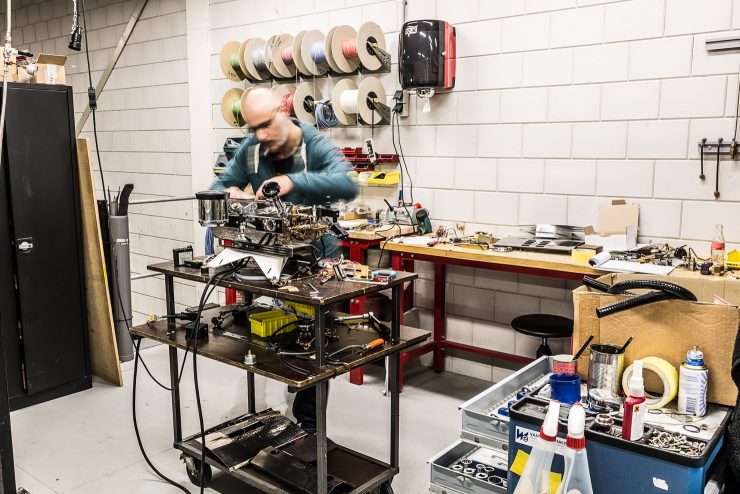
Do you visit your clients’ cafes?
I like to go to cafes that have our machines. I like to see what’s going on. We are fond of feedback, especially about things that are not considered correct. That’s the only way to keep on improving: hear about things customers do not like and try to find a solution. So I like to do that, but these days it’s difficult to find the time. Before our marketer, Joris Kingma, came along, I had become a professional e-mailer. That’s the terrible thing: you start a company, you have fun building machines, with wild ideas and all that, but after many years you find yourself at the computer all day. That’s another reason for our recent expansion: to be able to create again. We now have a small, dedicated team to do research and development, to assist me. Before this, everything came from my head—it still does—but now people can draw on computers, for example. I never did that. At home, I still work on one of those old big drafting boards, with paper and pencil. The dimensions are one-to-one; it’s the actual size, and I like that very much.
Can we expect future modifications to the Spirit?
Yeah, well, options, actually. You know, we started development of the Spirit based on the Speedster, with the double boiler. The Spirit is equipped with the so-called multiple-boiler system: one large steam boiler and separate coffee boilers per group. Many people think that if you do specialty coffee, you need at least a double- or, preferably, a multiple-boiler system, but they think that largely without any knowledge of why that it is.
When we stopped with La Marzocco, we only built the Mirage with its thermosyphon heat exchangers, and eventually realized we were never going to be able—from here, from Waalre—to convince the rest of the world that this is a pretty good machine with a technically elegant and efficient system. So we eventually decided, well, why not do a very good single boiler and a very good multiple or double, and customers can choose what they prefer?
When we started to develop that Spirit, we already had experience in Australia, where a proper espresso bar is doing at least a thousand cups a day, some even toward 2,000, and that’s before two o’clock in the afternoon. So we tried to create a machine that could easily handle those quantities. This means that a barista needs proper feedback from the machine and can work efficiently and ergonomically to produce that number of coffees. On the other hand, there are a lot of baristas who like to be able to play, adjust, and taste in the slow way, and that’s not something the Spirit is best for—it’s built as a strong, dependable workhorse, but very precise, with very high capacity. So that’s what we are going to add: the ability to adjust more parameters in order to offer both qualities in one machine.
But the things to adjust should, after adjustment, function automatically. What I don’t think is favorable in an extremely busy surrounding is that you have to monitor each extraction process, each shot, manually. If baristas do over a thousand cups a day, then they should be able to activate the group in one bold move, and the complete shot should be done perfectly by the machine, just as the barista had adjusted for when he or she started the shift. We want to be able to prime and adjust everything, but then allow for banging out several shots simultaneously for hours on end—that needs to be one continuous fluid process without any interruption.
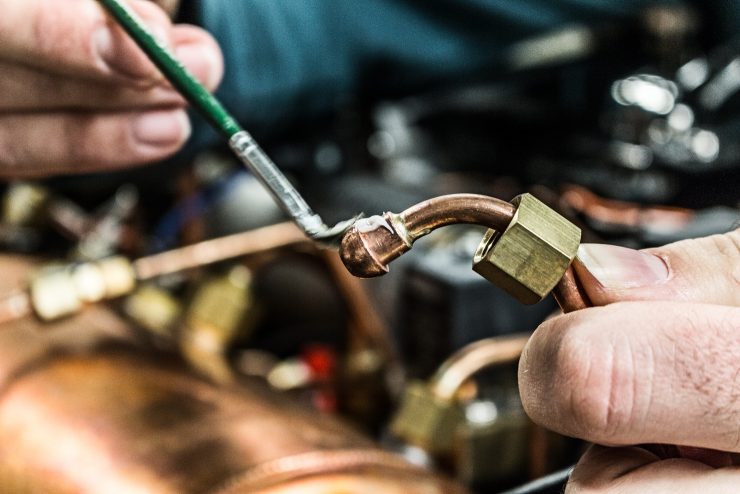
You mentioned some new projects in the works. Care to say more?
We are constantly working on lots of projects, but most only started a couple of months ago, so not much is finished yet. That’s a bit of a frustration; things seem to take longer than when I did everything myself [laughs]. I can tell you a little bit, but the tricky part is, if you talk about something, people tend to withhold their orders until it is available. We experienced that in the past when we talked about the Spirit coming along in 2012, and sales of the Mirage dropped immediately.
We have projects to investigate insulation underway. What’s the effect of insulation? This is something we are measuring with logging devices. We have several types and are comparing our findings to types without the insulation.
The Spirit is built for super-high capacity, and yet it remains very precise at all parameters: temperature, pressure, quantities, infusion. Temperature, pressure, and quantities can all be adjusted per group and on the fly. We now are going to offer more and easier ways to adjust the infusion. An example is a project to develop the possibility to easily switch between different sizes of jets. We are thinking about a system that can have three jets; the jets are quite important for pre-infusion to develop properly. Yet another project entails ideas to improve on progressive pre-infusion, adjusting the amount of water, time, and/or pressure during infusion.
Infusion is super important. There’s been hype in the last couple years around pressure profiling—I don’t believe in it much. Of course the first part of the extraction, the pre-infusion, is actually a kind of profiling, though only at the initial part of the extraction, the first 15 seconds max. Pressure profiling is one hype that came down to not much.
The current hype is scales—this one might indeed go through. Scales actually offer a worthwhile addition for the guy behind the machine that might help quite a bit, to get real consistency in the end product. This may be something we start work on as well. But if you think about an improvement and you invest a lot of energy, months of work and a lot of money to bring it to market, and it then turns out to be a flop, you’ve lost a lot. That can be a tricky thing for a small company, so our strategy is to see what’s going on, and if something really catches on, we jump onboard as well. We try to catch the wave as early as we can.
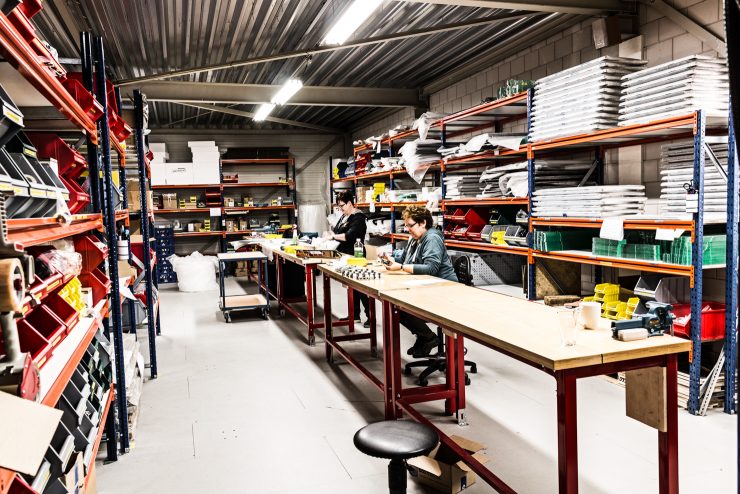
Are all the new projects for the Spirit?
No, we are also working on ideas for a completely new machine with a promising new technical setup. It will be really different, with very good heat capabilities and much less energy consumption, all that.
The new machine, I can tell you, will have clear family resemblance to the rest of our machines. You will see it and immediately recognize it as our work. Several styling features will be combined, the good ones of course. It cannot be low cost, but it will not be as expensive as the Spirit.
Being at a lower price scale, it will probably not have many options. The big difference is with the Spirit, you build a machine that’s as complete as possible—you don’t have to order anything, it’s already all there. The new one will be more basic. We want a good-looking machine, strongly built, performing very precisely, with only some of the more important options. And that’s it. However, even if all goes well, we don’t expect to offer anything new before way into 2017.
Some of those smaller projects for the Spirit will hopefully become available this year; 2016 looks to be a very exciting year for us.
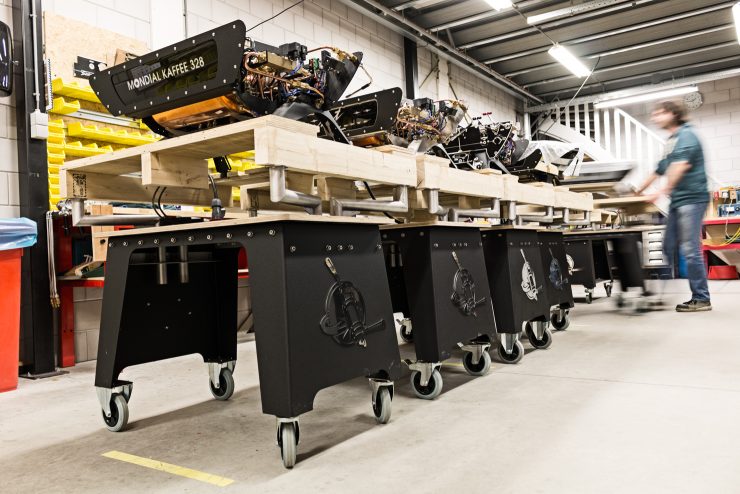
Contemporary Dutch design is often thought of as straightforward and sober. How did your designs come to defy that?
There’s more to it, you know. When I was at school in the early ’80s, there was a movement in Italy by people like Ettore Sottsass (from the Memphis Group), Alessandro Mendini (from Studio Alchimia) and many others. These designers were getting sick of those mandatory clean lines, the Bauhaus style. They wanted more energy and creativity, and were inspired by Pop Art. They went way beyond everything that was accepted: strange colors and shapes, low-cost materials, low culture made into high culture. It was a big movement when I was at school. I like Bauhaus, but not for my machines. Espresso machines should look speedy; espresso is, after all, a fast coffee.
One of the problems is that we are in the Netherlands. Here, whatever machine you build, it will always be more expensive than if you’re in Italy. The only thing we can do is make up for that extra in price by having a better-looking machine, a stronger-built machine, with higher capacity.
Sometimes people come to me and admit they’ve always thought our machines are elegant-looking but therefore surely can’t be very strong. Similar to the old idea of a Ferrari: very fast but easily breaks down. Of course, that’s not the case with our machines. We intend to have Land Rover-quality strength with the looks and performance of a Ferrari.
Is there one machine you enjoy making more than others?
Enzo Ferrari was once asked: “Of all the cars you’ve created, what car do you like the most?” He replied: “The next one!” I still like this one [points to a Spirit being used for R&D]. I still like the Mirage. I love them all, but I’m most enthusiastic about the next one, the one you’re working on, the one that’s in your head all the time.
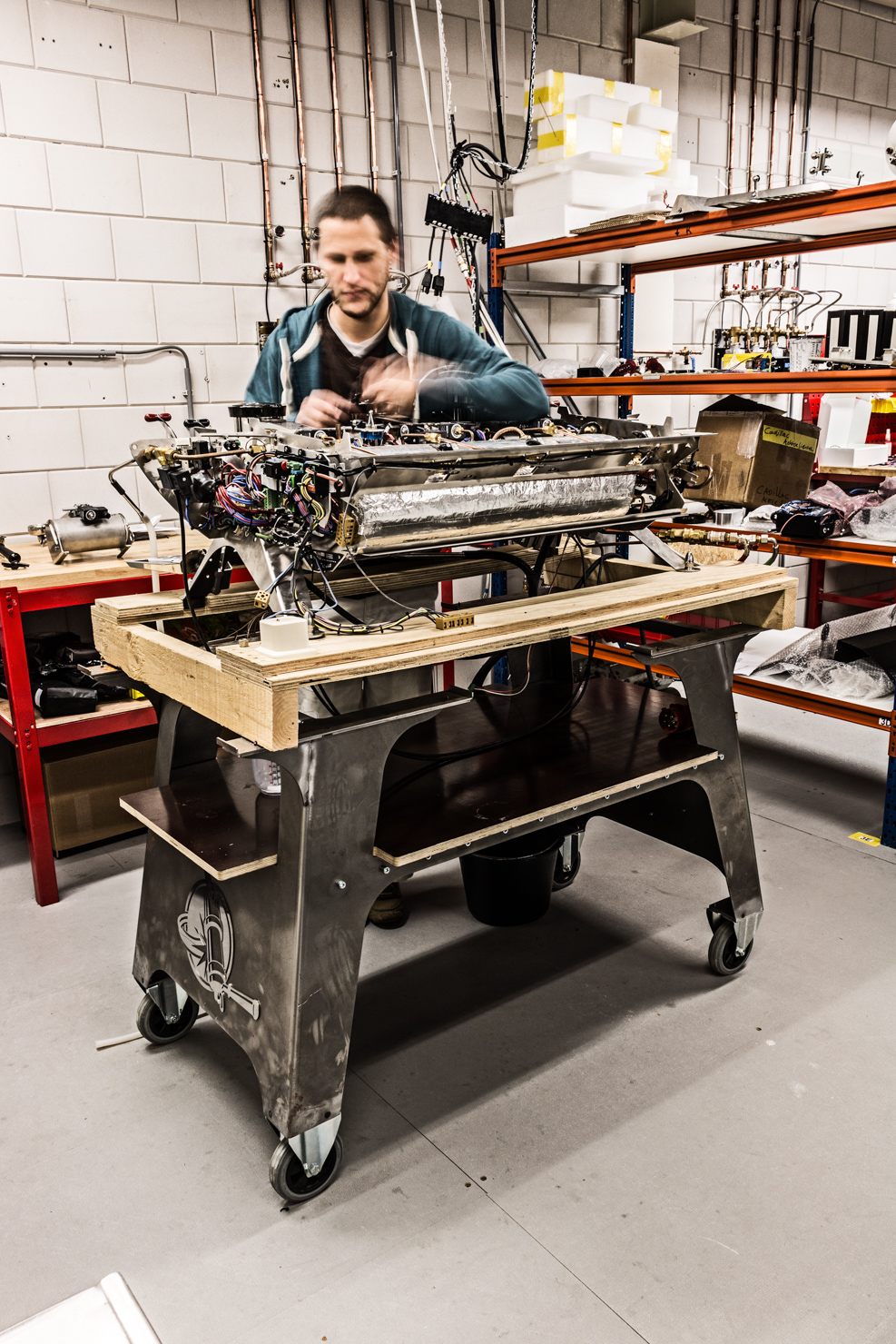
Where is your biggest market?
The Australasia region, it is really huge. It’s actually an area where, for centuries on centuries, they were drinking tea. And now they all switched to coffee because it’s the hip thing to do. I just visited Tokyo and Seoul; they are like Germans but more elegant, and maybe even better, strictly focused on high quality. If they do it, they do it properly.
What about the Netherlands’ espresso history?
Espresso machines were introduced in the ’60s here, I know some of the guys who sold them. They used to sell jukeboxes in the ’50s and start of the ’60s, and that demand went down, so they said: “Well, why not espresso machines?” But they weren’t persuasive enough to, along with selling espresso machines, also sell the culture of the espresso from Italy, the small cups and the proper cappuccinos and all that. So what happened is everybody bought an espresso machine, but they kept on doing the familiar long cups, lungos only. Of course, things improved by having every cup made freshly, some crema even—you could have something that looked like cappuccino, with just some fluff on top. Sadly, doing lungos for 30 years and then switching to specialty coffee—having bright blends and shorter shots—has proven to be a difficult change for many.
In the States, they had more luck. They just had those long cups; you could see the bottom, the second was for free, it was not exactly high quality. Then espresso came along and that was introduced as a “specialty coffee”—a gourmet type of drink, a completely different thing from the stuff Americans were used to. That was a much better way to persuade everybody to try it. Here you have to turn around the attitude, and I think that is one of the reasons we, all over Europe, have been very slow to adopt the new wave thing. Specialty coffee: it’s just young people, eh?
Have any of your machines appeared in surprising places?
Several years ago, Google ordered a couple of Spirits, and on the illuminated panel they asked for it to read “Android” [laughs]. Sometimes our machines appear in the movies, that’s fun as well. On a plane ride I just saw The Intern, with Robert De Niro getting his coffee from a Spirit.
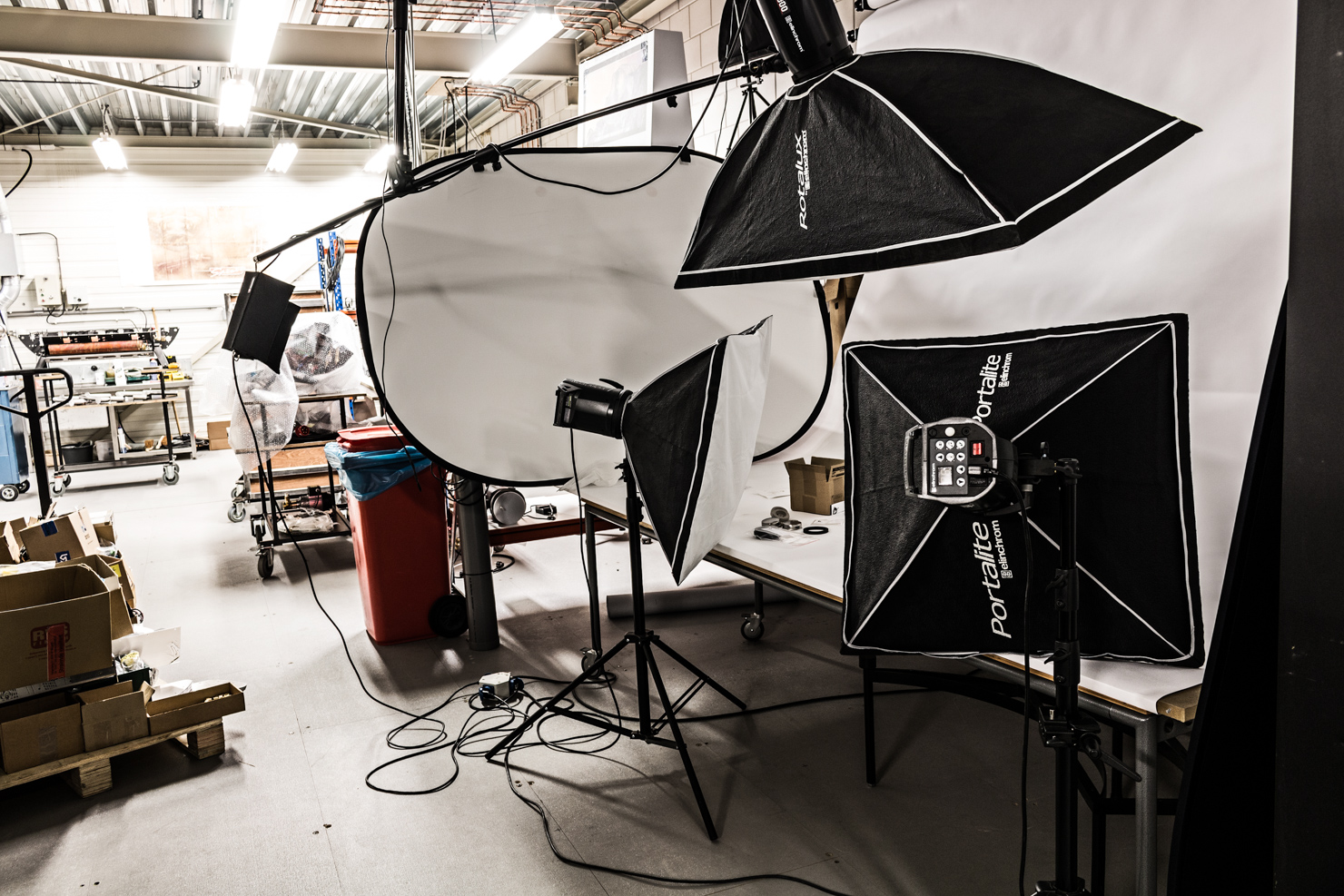
Do you ever tour the US?
Yeah, in the last couple of years I started doing the occasional trip with the family, with the girls. These trips offer pleasure in business. In 2014, we went to Seattle, visited Slayer, visited La Marzocco and Synesso. We went to a lot of cafes. After that, to San Francisco. We try to see and talk to as many people as possible. It is very inspiring.
How many daughters do you have?
Three, aged 24, 23, and 21. They are still in school, and live across Amsterdam, Rotterdam, and Utrecht. They have all worked as baristas and got their barista certifications on their own. Slowly, they are starting work here, one day a week. We’ll see. If you start pushing, it will go the opposite way you want it to.
Is their mother involved in coffee?
Yeah—drinking it every morning [laughs]. Coffee is essential at home; I have several machines there. I’m currently using an old prototype Speedster. I try to be the barista at home.
What coffee does Kees van der Westen Espressonistic Works drink in-house?
Well, we have to use the coffee that most guys in the shop like. We usually have Blanche Dael in the hopper, a specialty roaster from Maastricht, but not always. My personal preference in the morning is a double espresso with just a touch of sugar, to start up—it’s quite like a fluid bonbon, a chocolate—and later I will drink cappuccinos and straight espressos. We are using their Ristretto blend, that’s a real southern Italian type [laughs]. Next to the occasional adventurous fruity bright coffee, I generally am still fond of the nutty, earthy, and chocolatey type. I’m 60, I’m really old-school.
Karina Hof is a Sprudge staff writer based in Amsterdam. Read more Karina Hof on Sprudge.
Factory photos courtesy Kees van der Westen Espressonistic Works.



